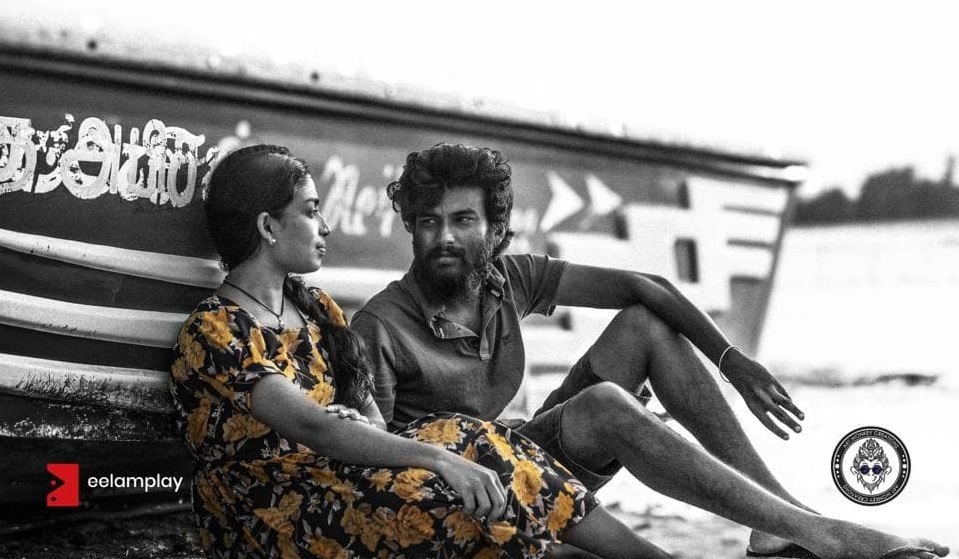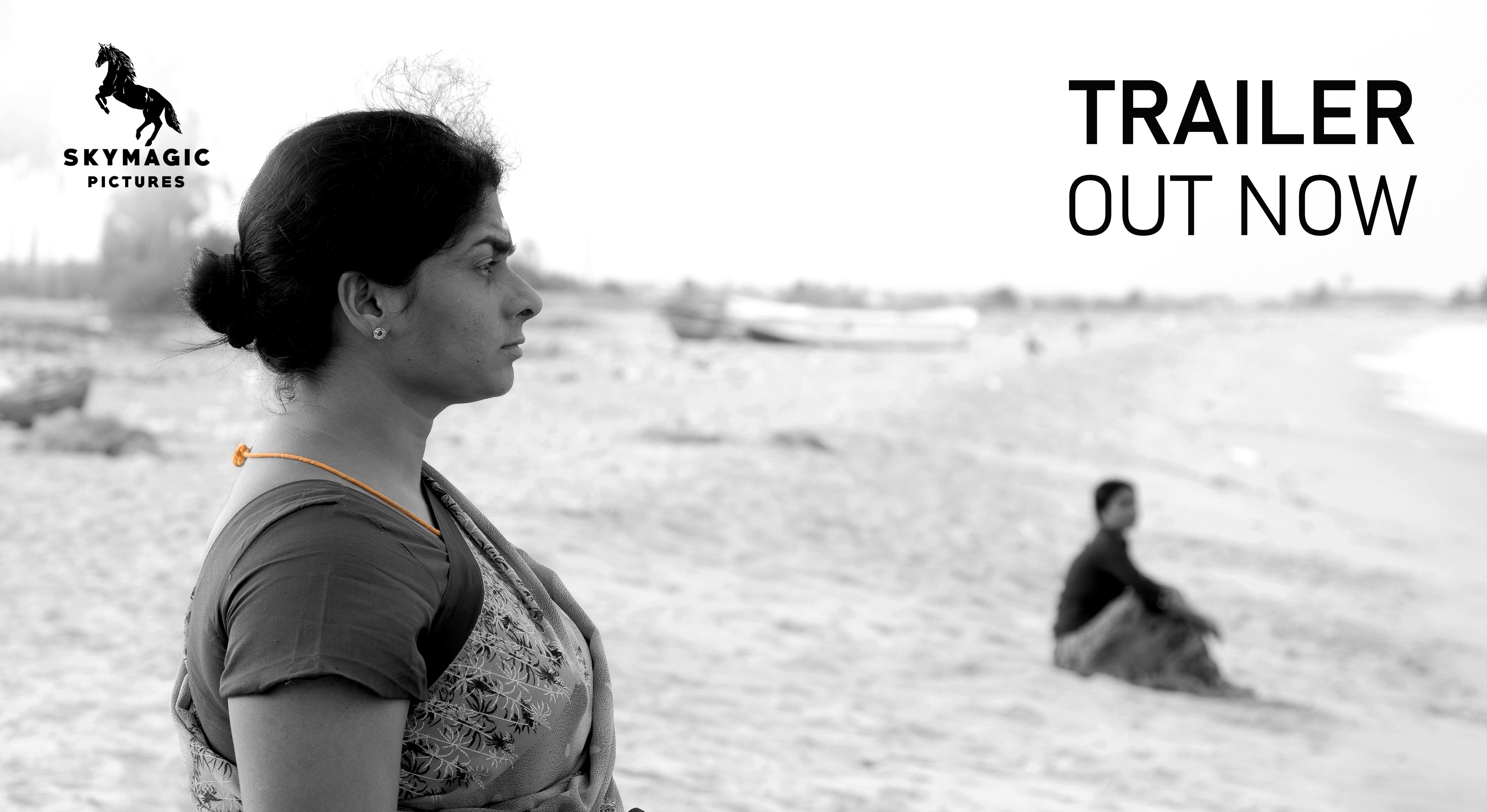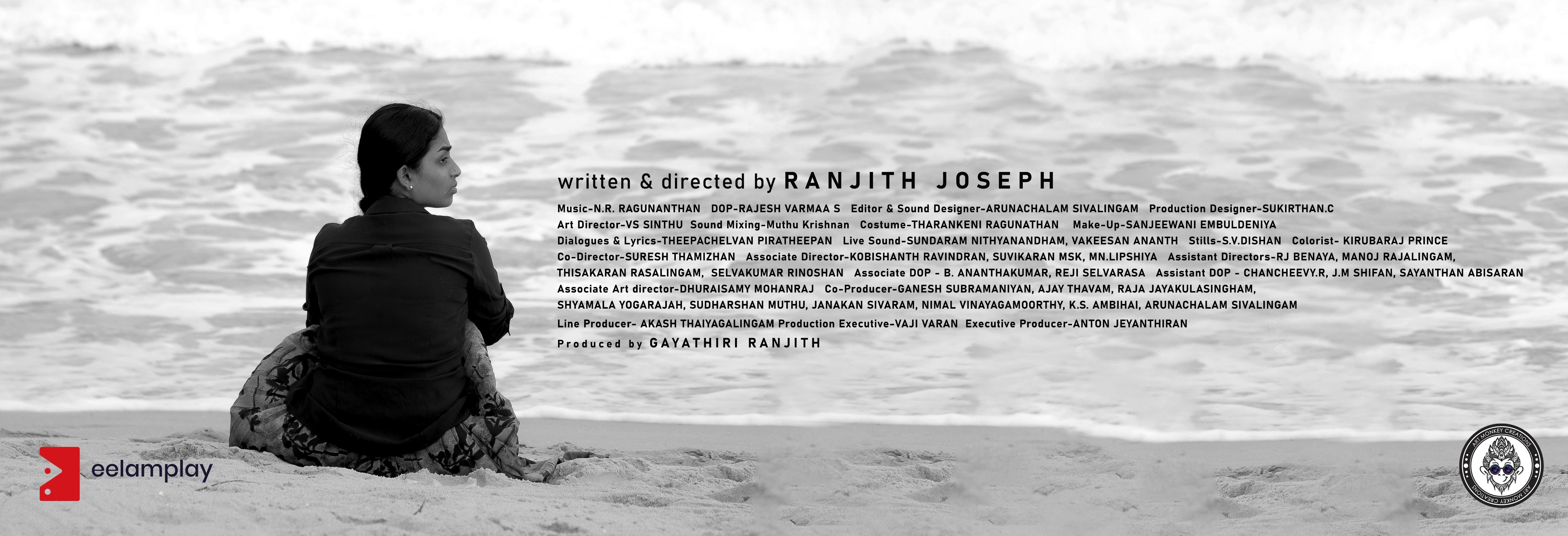
Following the global release of the 'Oozhi: A Dark Age', the Tamil Guardian interviewed its director Ranjith Jospeh to discuss the creative process behind making the film and why the film is important in educating the younger generation about the Tamil struggle.
Following the global release of the 'Oozhi: A Dark Age', the Tamil Guardian interviewed its director Ranjith Jospeh to discuss the creative process behind making the film and why the film is important in educating the younger generation about the Tamil struggle.
Inspiration for the film
Ranjith credits his migration to Canada when he was 17 years old as the motivation to learn about Tamil Eelam history and culture. Whilst most of his Tamil peers were adapting to Western culture, he attended Tamil school and was encouraged by his teacher to read books to enhance his knowledge about Tamil Eelam. In search for answers as to why he had to leave his family and childhood friends behind in Eelam to migrate to Canada, he educated himself on the Sri Lankan government's continuous oppression of Tamil people and the need to defend their rights.
He described his life changing when he accepted an opportunity to return to Tamil Eelam and stayed in Vanni for four months.
During the time that he spent there, he met leaders, fighters and creatives involved in the struggle against the government for self-determination.
“Every day, we spoke about our struggle and what we were fighting for,” he recalled.
“Someone the same age as me was a bigshot leader and I was just an upcoming filmmaker. Their vision about our fight for freedom was phenomenal. They were prepared to sacrifice their lives for our people, our country. Even though I love my country and my language, I couldn’t give up my life to fight.”
“I met so many cadres and they told their stories about how they became freedom fighters, and I realised that the world needed to know these stories. Those four months totally changed my career. Today everything has changed. There is no more war, there is no more LTTE, there are no more freedom fighters. They gave up their lives for us. Everyone has moved on, but I cannot. I made a promise. I told them I would make a movie about them to tell their stories. If I cannot do any of this then I cannot sleep at night. They told me their stories because they hoped that one day, I would be able to share the truth. Even though they are no longer here, I cannot forget my promise.”

For Ranjith, the title of his films are important and must have a direct correlation to the story of the film. Following the release of ‘Sinamkol’, his friend asked him to directly translate the title into English and he replied that it simply means "get angry".
“The story of ‘Sinamkol’ is about the main character returning home to Tamil Eelam after many years and realises that so much has changed, which makes him angry,” he said. “The title was an instruction to the audience to get angry as well". Similarly, ‘Oozhi’ is a reference to a long quest for hundreds of years.
"The struggle for our land began from the moment the Western colonizers overthrew our kings to take over our kingdom. I thought about how long we have been fighting for our land and it is has not only been 40 years but nearly 400 years of struggle. My co-writer, Theepachelvan, and I discussed possible titles for the story, and I asked him what Tamil word can be used to describe the lifelong struggle that Tamil people have endured. We agreed on the word ‘Oozhi’ because it means the darkness, a dark age. Although the story is focused on the post- war context, 15 years since the war ended, I want people to realise that the Tamil people’s struggle for freedom and justice has been happening for hundreds of years. Tamil people in the North- East are still living in a dark age."
This prompted Ranjith to centre the story on the experiences of young Tamil people living in the North- East in the aftermath of the armed conflict. Kilinochchi acts as a central location in the film because Ranjith states that the younger generation in the area are battling internal and external dilemmas that contribute to the Sri Lankan government's ongoing oppression of Tamil people. The Sri Lankan government’s intentional withholding of adequate access to employment and educational opportunities in the North- East is a tactic to oppress the younger Tamil generation, causing them to turn to crime and drug abuse as a coping mechanism.
"I witnessed a free Tamil Eelam, where a woman could walk alone on the road at 3am without anything wrong happening to her because there was no crime,” he said. “When the war ended in 2009, the Sri Lankan President at the time said the country was free of terrorism and everyone would enjoy freedom, but we are losing our land and religious places, and young people are into drugs and alcohol. Is this how the government is supporting us? Young peoples' futures are being destroyed. This is not freedom. It is another war".
Responding to the question of the intention to create ‘Oozhi’, Ranjith said the film was written and filmed with the intention of reaching a younger audience.
"I wanted to tell the story to people who did not know anything about the war, to people who have no connection to their home,” he continued. “Fifteen years later, most young people are not aware of what happened".
When telling stories, Ranjith refuses to give explicit narration and encourages them to do the research for themselves in an effort educate them his audience.
"I tell my audience only 50% of the story and they must find the rest. Rather than showing them what happened to Kasi's father, I want the audience to go home and look up the answers on Google to find out what happened to the people that were taken away by the Sri Lankan army and never returned".

Eelam representation
When elaborating on the creative process behind the film, Ranjith explained how he utilised this as an opportunity to expand Tamil Eelam cinema as an industry and include more participants from Eelam in the filmmaking process. He partnered with the media faculty of the University of Jaffna and offered internships to around fifteen students to work in various departments of the filmmaking process, such as direction and cinematography, in an effort to teach them how to make reasonable films. He was exceptionally keen to have a "revolutionary" in the film and chose Sugash Kanagaratnam, Tamil lawyer and spokesperson of the Tamil National People's Front (TNPF), to make a brief appearance. When asked about this decision, he explained that Sugash made the character more relatable because he is already a "frontliner in Sri Lankan politics" and "aware of our struggle".
Ranjith also uses his films to document the ancient Tamil sites that are at risk of being replaced by Buddhist temples to create an archive for future generations to look back on and evidence the Sri Lankan government’s agenda to Sinhalise the North- East. The beginning of ‘Oozhi’ is set in the Eastern province, which is also where the final stage of the armed conflict began in 2006. He stated that scenes from the beginning of the film were shot at the Verigal Murugan Kovil, located on the journey from Batticaloa to Trincomalee, which the Sri Lankan government plans to replace with a Buddhist temple.
"When I got to know about the issues to take over Verigal Murugan Kovil, I documented it in ‘Oozhi’ because the government may deny that the Kovil ever existed in the future".


Censorship by the Sri Lankan state
Referring to the National Film Corporation of Sri Lanka as "one of the worst in the world", he disclosed the difficulties he had to overcome to film ‘Oozhi’ due to government restrictions. He was required to submit the written script to the film corporation and wait for their feedback before he began shooting any scenes. They also tried to control his artistic creativity by preventing him from filming in certain locations. He added that Sri Lankan investigating officers visited the set every day to supervise the filmmaking process. Nevertheless, Ranjith was adamant to stay true to his vision.
"I know my vision and the story I want to tell. We struggled a lot to make ‘Oozhi’ because the Sri Lankan government, the media and film board were aware that I wanted to make another film after ‘Sinamkol’".
When asked about how he evaded these barriers, he said:
"As the director, I am the only person who knows how the scenes will end and what will be narrated. Whenever the police were supervising the set, I shot scenes here and there so they wouldn't be able to catch on to what was happening. I'd later edit the scenes and put them in order. This is the freedom that visual media gives us to tell stories".
Ranjith refused to create a separate cut for the Sri Lankan Film Corporation and submitted the entire film for their approval. Whilst waiting for the feedback, he was advised to begin promoting the film and gather support from the diaspora to add pressure to the Sri Lankan Film Corporation. Ranjith said he refused to use this approach as a marketing tactic as he had to prioritise the safety of the cast and crew in Sri Lanka.
Describing himself as the captain of the crew, he said " I have to protect my coworkers from any trouble".
The Sri Lankan Film Corporation eventually confirmed that eight scenes from the film had to be removed for it to be awarded permission to be shown in Sri Lanka, including a scene that challenged the definition of the LTTE as terrorists. Removing these scenes would interrupt the storyline and distort the intended message of the film. After receiving this feedback, Ranjith said that he "gave the choice [to remove the scenes] to my cast and crew in Sri Lanka because they worked hard on the film with the hope of seeing it shown on the big screen”.
“We are continuing to challenge the Sri Lankan Film Corporation. I am receiving support from Sinhalese directors because they understand they will not receive the same decision from the government in a similar way as a Tamil director has".
